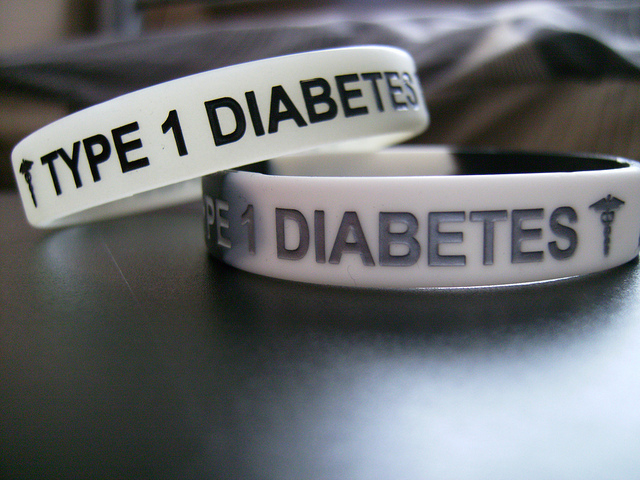By Laura Cipullo, RD, CDE, CEDRD and Laura Cipullo Whole Nutrition Services Team
Understanding the difference between Type 1 and Type 2 diabetes
Diabetes is not just one illness. There are several different types. The most common are Type 1 and Type 2, and there is also gestational diabetes which happens during pregnancy. Type 1 and 2 are two totally different diseases, however they share some similarities and can look very much alike. People who have either are overly thirsty, urinate a lot, have low energy, and both have to do with blood sugar and insulin. Those with Type 2, however, might not have symptoms before they are diagnosed, while in Type 1 people have extreme incidences of high and low blood sugar, which may lead them to get medical help sooner.
What causes Type 1 and Type 2?
Type 1 is usually due to beta cell destruction and leads to absolute insulin deficiency. In Type 2 diabetes, it is believed the body no longer responds to the hormone insulin which helps sugar enter into the cells. If sugar can’t enter the cells, you are left with a high blood sugar and excess insulin production.
Type 1 was, at one time, typically diagnosed in childhood, leading it to be called “juvenile diabetes,” but that term is now falling out of favor, as it is now also newly diagnosed in adults. Type 2 is known for progressing from insulin resistance, also known as prediabetes, to Type 2. It was formerly only found in adults, leading it to be called “adult-onset” diabetes, but it is now common in children too. The fact that either can be diagnosed at any age has led the American Diabetes Association to simply call them Type 1 and Type 2.
How common is diabetes?
Type 1 is found in 5 to 10 out of 100 people who have diabetes, while Type 2 is far more common, affecting 90 to 95 out of 100 people with diabetes, according to WebMD.
How To Manage Diabetes
Managing and preventing diabetes is vital because the complications (blindness, kidney failure, heart disease, stroke, amputations) are so serious. One especially important difference between the two is that Type 1 cannot be prevented, while Type 2 may. Having a healthy weight and eating healthy most of the time, combined with regular exercise, are key in any diabetes prevention program. In fact, those actions can even be used to help treat this type of diabetes and oral medications may not be required.
Eating Well With Diabetes
One important thing to remember about either type of diabetes is that it does not mean the end of good eating! Yes, your diet will look different now, but you can still enjoy many of the foods you once loved. As I discussed in a recent blog post, you can have carbs and even sugar when you have diabetes. It’s all a matter of managing it properly.
You can also make all types of yummy desserts and other comfort foods with my Diabetes Comfort Food Diet Cookbook.
Learn About Diabetes-Friendly Diet Plans and Nutrition
In addition, Holly Warfel and I are Registered dietitians and Certified Diabetes Educators, so if you live in the New York area, we can help you learn more about the types of foods you can include, and those you should eat less of.
When you are diagnosed with any illness, it is helpful to learn as much as possible about it. Ask your doctor, read up on it, and make an action plan so that you can be as healthy as possible!
References:
Independent Physicians’ Association of Lee County








